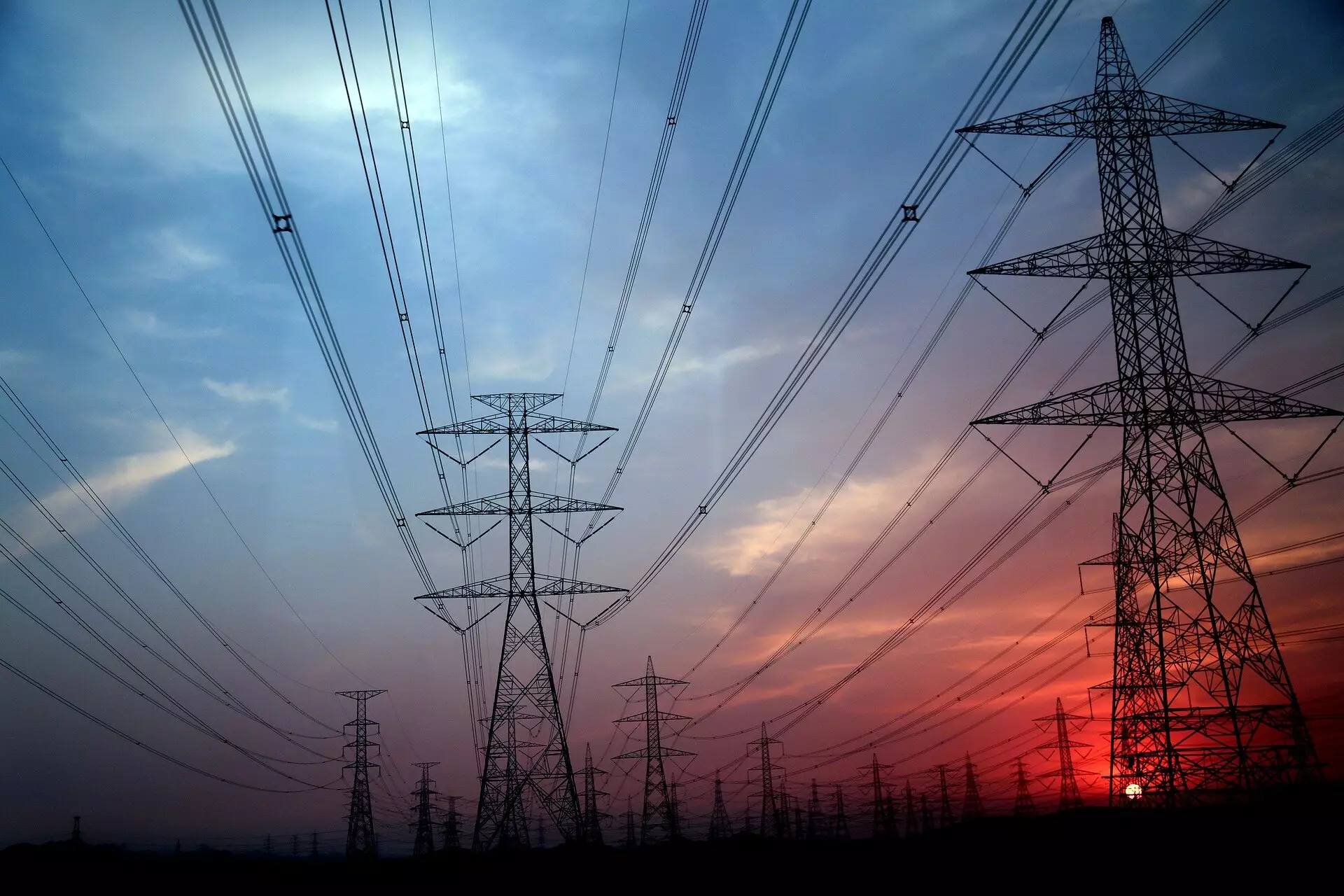The energy landscape is undergoing a radical transformation, spurred on by policies advocating for cleaner energy solutions and the pressing need to combat climate change. As competition between gas and electric utilities intensifies, particularly due to an influx of innovative technologies and government incentives, scholars from prestigious institutions such as Stanford and the University of Notre Dame argue that it’s time for regulators to rethink their strategies. A comprehensive white paper facilitated by the Climate and Energy Policy Program at Stanford assesses how the convergence of these sectors can be managed to promote an efficient and sustainable future.
The traditional model separating electric and gas utilities is increasingly becoming outdated as both sectors vie for dominance in providing energy-efficient heating and cooking solutions. The argument is clear: as electric technologies such as heat pumps and induction stoves gain traction, gas utilities find themselves at risk of losing market share. This tension, particularly in states where natural gas has long been the primary source for residential energy, presents a unique dilemma for regulators who must balance climate objectives with economic realities.
With significant federal initiatives like the Inflation Reduction Act funneling subsidies into the electric appliance sector, the competition is not merely a struggle for market share but also an essential component of broader decarbonization goals. It’s becoming evident that a piecemeal approach to regulation—where gas and electric utilities operate in silos—can lead to inefficiencies and added costs for consumers. The white paper advocates for a cohesive regulatory strategy that recognizes the interconnected nature of these utilities in facilitating the energy transition.
A compelling argument posed in the white paper is that state public utility commissions (PUCs) must shift from their traditional roles to a more integrated approach. By viewing gas and electric utilities as interconnected parts of a single energy system, regulators can streamline investment strategies and operational frameworks. The proposal advocates for a coordination framework that simplifies planning processes and minimizes wasted resources, such as the maintenance of duplicate distribution systems.
Through better planning, PUCs could fundamentally reshape the energy provision landscape, enabling a transition that is not just efficient but equitable. For low-income households, energy costs are a significant concern, and the potential for high expenses stemming from competing utility infrastructures cannot be overlooked. The report emphasizes the importance of prioritizing vulnerable populations in this shift, ensuring that decarbonization does not disproportionately affect those least able to pay.
The authors of the white paper outline several recommendations aimed at fostering a more robust regulatory environment. Among these is the suggestion for PUCs to consider merging gas and electric utilities that share service territories. This consolidation would eliminate competitive inefficiencies and allow for a concerted approach to energy distribution and investment in infrastructure that meets today’s challenges.
Moreover, regulators are encouraged to actively monitor and manage the expansion of fossil fuel infrastructure by gas utilities, which can pose long-term financial risks and become stranded assets in an evolving energy market. By addressing these risks upfront, PUCs can protect consumers from facing hefty bills down the line while ensuring the sustainability of energy sources.
The energy landscape has arrived at a crossroads, and the call for a transformative shift towards united gas and electric utilities is not just timely—it is critical for achieving long-term climate goals. A coordinated regulatory effort can catalyze the necessary changes to reduce carbon footprints while ensuring reliable service for all customers, particularly those in disadvantaged circumstances.
As Amanda Zerbe, one of the report’s co-authors, notes, “Times have changed.” The need to transition from a fragmented utility system to a singular framework that champions efficiency and equity is not merely an abstract idea; it is a necessity in the face of climate change and evolving energy demands. As we consider the future of energy regulation, one thing is clear: collaboration, coherence, and conscious regulatory action will be paramount for a sustainable and economically viable energy future.


Leave a Reply
You must be logged in to post a comment.